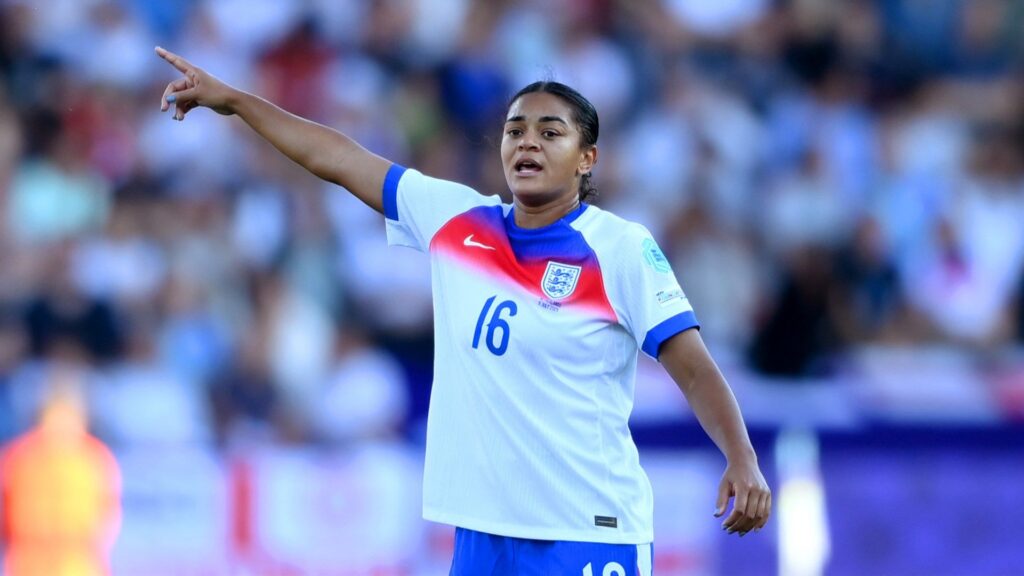England’s defensive frailties against Sweden ran far deeper than one centre‑back’s difficult night. Jess Carter’s substitution after a torrid opening period became a visual focal point, yet the wider structure malfunctioned: an erratic press, a midfield unable to establish rhythm, and disjointed spacing that repeatedly left gaps to exploit. Early errors multiplied because there was no collective reset. After conceding, the team splintered into individual solutions some players stepping high to chase, others dropping off for safety creating vertical chasms and isolating defenders in footraces they were unlikely to win.
Carter, a defender who depends on clear connections and angles rather than sheer athletic dominance, was stranded. Passes into her arrived late or with poor detail; outlets ahead were static or too distant. Sweden’s forwards, especially on the right channel, sensed the hesitation and pressed aggressively, forcing hurried clearances and turnovers that recycled pressure.
Underlying this was a philosophical tension. Carter’s club evolution has demanded braver forward distribution, prioritising progressive passes even at risk. International knockout football, however, can punish consecutive failed attempts to play through pressure, and the hesitation between safety-first instincts and the mandate to build constructively appeared to erode her composure. Frequent positional switches between centre and full-back further muddled reference points: distances to partner, body orientation, triggers to step or drop.
Adjustments off the bench adding height, shifting shape brought partial stabilization, yet they also underlined earlier inertia. Midfield pivots retreated onto the defensive line instead of offering half‑turn options, compressing England’s build and inviting Sweden to lock them in. Wide defenders advanced without synchronized cover, exposing channels for direct balls into runners like Stina Blackstenius.
Selection for the semi‑final now involves risk calculus. Alternatives such as Esme Morgan or Niamh Charles offered composure and energy in cameo roles; a back three could insulate vulnerable zones, distribute responsibility, and reintroduce Carter in a structure that accentuates her reading of play rather than isolating her laterally. Injury concerns to senior leaders complicate permutations, particularly if reshaping hinges on their availability.
Yet a single turbulent performance need not define a tournament narrative. Past examples within the squad show how players have rebounded from chastening evenings to contribute decisively later. The essential task is rebuilding collective clarity: synchronized pressing distances, midfield connectivity, and pre-planned responses to setbacks. Solve those systemic issues, and individual form will likely correct itself; ignore them, and any personnel tweak becomes a cosmetic patch on a structural flaw.

